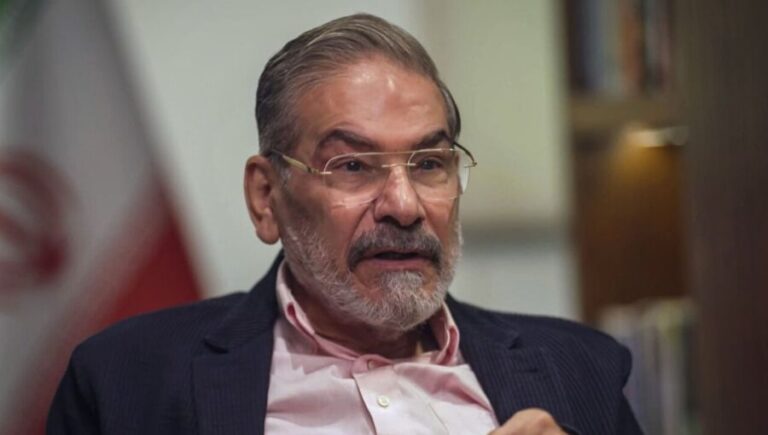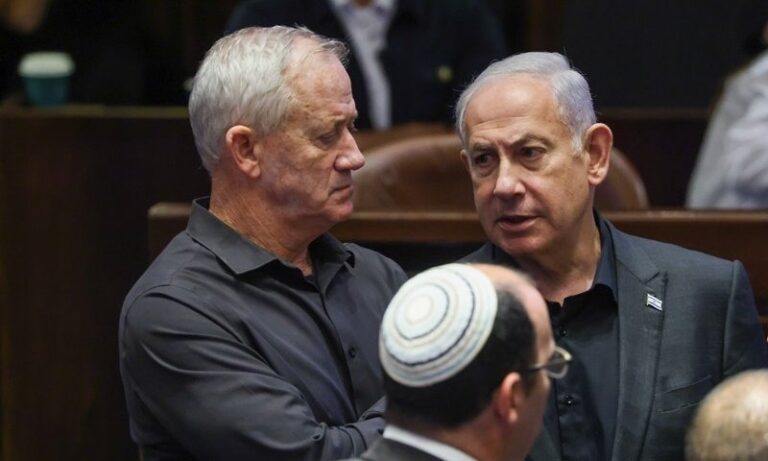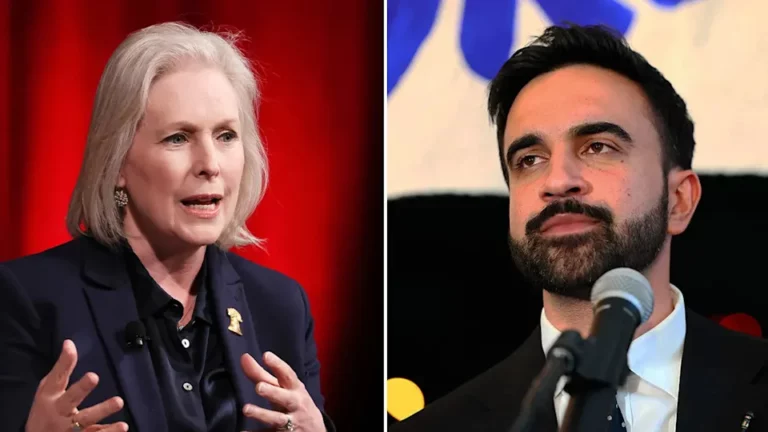2017 was a record year for incoming tourism, with about 3.6 million tourists and NIS 20 billion revenue from incoming tourism alone
Tourism Minister Yariv Levin: “The all-time record number of tourists visiting Israel this year is no accident; it is the result of a clear policy. The actions taken by my ministry since I took up my position have brought Israel an unprecedented record in incoming tourism. The number of tourists visiting Israel increased by 700,000, setting a new record for incoming tourism to Israel and adding NIS 20 billion to the economy.”
In the first half of the year, 11% increase in bed nights in tourist hotels in Israel compared to the same period last year.
Increase in number of weekly flights into Eilat as a result of Tourism Ministry subsidies – more than 50 weekly flights into Uvda.
18 routes opened from new destination into Ben-Gurion Airport with financial support from Tourism Ministry, including Hainan Airlines, Lot, Ryanair, Wizz Air and WOW.
New route opened from Shanghai and 46% increase in tourism from China on last year (139% on 2015).
91% of tourists ranked their visit to Israel as very good or excellent.
Tourism Ministry in 2017
• New marketing strategy including launch of campaigns such as Two Cities One Break and the Eilat winter campaign
• New markets: Poland and Romania
• Collaborations and change in compensation for online sales with the largest online travel agents (OTAs) in the world such as Expedia and TripAdvisor
Tourism Characteristics in first half of 2017**
Leading source countries for incoming tourism:
USA, Russia, France, Germany and UK
Most visited sites (in descending order):
Jerusalem, Tel Aviv, Dead Sea, Tiveria, Kinneret area and Galil.
Breakdown of incoming tourism by religion: 54% Christian (25% visited as pilgrims), 21.7% Jewish and rest other religions or non-affiliated
· 41% of tourists had already visited Israel
· 29.8% visited as part of an organized group
· 63% stays in hotel or holiday village as opposed to 56% last year
· 7% stayed in rented accommodation
Satisfaction with visit to Israel – very good to almost excellent (4.3 out of 5) Services receiving particularly high scores: Tour guides (4.5), archeological sites (4.4)
Minister of Tourism Yariv Levin: “The all-time record number of tourists visiting Israel this year is no accident; it is the result of a clear policy. The actions taken by my ministry since I took up my position have brought Israel an unprecedented record in incoming tourism. The number of tourists visiting Israel increased by 700,000, setting a new record for incoming tourism to Israel and adding NIS 20 billion to the economy. The additional half million tourists who came to Israel this year are half a million more ambassadors of Israel around the world and our loyal representatives on social media, and this is also a decisive contribution to Israel’s image.
We have implemented several significant initiatives including reaching out to new and focused markets, building sub-brands and launching new campaigns, collaborations with large online travel agents, giving financial incentives to airline companies that open new routes to Israel and continued marketing throughout the world. These steps and others have helped entrepreneurs identify the potential and led to an increase in building starts for new hotels. I am convinced that, if we continue in this way, we will see very satisfactory results in the next year.”
Director-General of the Ministry of Tourism, Amir Halevi: “Having broken the all-time record in tourism as a result of innovative and creative marketing activities, we have begun to make changes in the organizational structure of the ministry, with the aim of adapting it to the new tourism market, with an emphasis on the digital space and developing niche tourism markets such as sport, culinary and more. We have also worked to improve the tourism infrastructure, with the guiding principle being first of all the maintenance and cleanliness of existing sites. We are working to diversify the accommodation options in Israel to suit the developing market trends, and thereafter increase incoming tourism. We are also working to recruit manpower for the industry, which currently employs more than 200,000 people. As a result of all these changes, we are optimistic about the growth in tourism and its consolidation as a significant contributory factor to the economy and the job market.”
Incoming tourism
The number of incoming tourists in 2017 is expected to be about 3.6 million, an increase of 25% on 2016. In the period January-November 2017, about 3.3 million tourist entries were recorded, an increase of 25.3% on the same period in 2016 (2.6 million) and 28% more than in 2015. Of the 3.3 million, over 2.9 million tourist entries were by air, an increase of 22% on 2016. 373,000 tourists arrived via the land crossings, 50% increase on 2016.
Tourism by Country of Origin (excluding day visitors and cruise ships)
January-November 2017: As in previous years, tourism from the USA continued to represent the largest country of origin for incoming tourism to Israel, with 716,000 visitors arriving in 2017, 21% more than 2016. In second place is tourism from Russia with 307,000 visitors, an increase of 26% on 2016. Tourism from France takes third place, with about 284,000 visitors (8% more than last year), followed by Germany (202,000; 34% more than last year) and the United Kingdom in fifth place with 185,000 visitors, 10% more than 2016.
Other countries worthy of note: Ukraine with 137,000 visitors; China with 105,000 visitors; Italy with 93,000 visitors; Poland, 85,000 visitors; Canada 75,000 visitors. December 2017 statistics to be published later in January 2018.
Tourism to Israel: Characteristics**
· 54% of incoming tourism was Christian tourism (39% of which is Catholic, 33% Protestant and 22% Russian Orthodox). 21% of incoming tourism was Jewish, with the remaining of other religious denominations or non-affiliated.
· 59% of tourists were first time visitors.
· 25% defined their visit as part of a pilgrimage, 23% as tour and travel, 10% as vacation and leisure. Overall, 59% defined their visit for tourism purposes, 24% visited friends or relatives and 11% came for business or to attend conventions.
· 30% came as part of an organized tour, 6% on a package deal, and 64% came as FITs (frequent individual tourists).
· 63% of tourists stayed in hotels, 21% stayed with friends or relatives and 4% stayed in youth hostels, 1% stayed in Christian hostels. 7% stayed in rented or owned apartments.
Marketing
The Tourism Ministry worked according to a new marketing strategy, with a budget of NIS 44 million that resulted in record-breaking numbers of incoming tourism. Campaigns were launched in Europe, the USA and the Far East. As part of the new strategy, sub-brands were launched, such as night life, culinary tourism and sport.
Marketing activities in 2017 included:
City Break campaign: This campaign promotes a vacation in Israel based on two different and complementary vacation experiences in the cities of Jerusalem and Tel Aviv, only one hour apart and four hours from Europe. The campaign ran in 10 countries and languages in Europe, on billboards, television, digital media and public transportation accompanied by creative and innovative marketing activities, such as transforming the lifeguard hut on the Tel Aviv beach into a pop-up hotel.
The winter campaign in Eilat is designed to attract tourists from the cold European countries to Eilat during the winter season. The campaign, which was launched during the fall season in Finland, Sweden and Russia, led to a significant increase in the number of tourists arriving in Israel. In Sweden, SAS reopened a direct flight to Eilat after a hiatus of 15 years.
The 3 millionth tourist campaign: In early November, the 3 millionth tourist landed in Israel and set the all-time record for tourists entering Israel. The campaign around the event was designed to emphasize the tourism industry’s prosperity in order to interest entrepreneurs for the construction of hotel and to recruit manpower that is lacking in the industry.
The opening of new markets in Poland and Romania identified by the Ministry as having tourism potential: Marketing campaigns were implemented, including branding the campaign logo on a LOT domestic aircraft that will fly throughout the year. The campaigns were designed to support new routes that were recently opened from Poland and Romania to Israel.
Launching of first social network campaign in China on Baidu and WeChat: This campaign supported a variety of activities and hosting of Chinese celebrities and opinion leaders to build the Israeli brand among Chinese audiences.
Expanding the Target Audience in the United States: For the first time, national television networks such as ABC were marketed in order to appeal to additional audiences beyond the traditional pilgrimage market. Marketing activities were also carried out among young religious audiences such as hosting a rock band of young religious Christians.
Grants and incentives for airlines: Within the framework of two directives created by the Ministry, grants and incentives are given to airlines to encourage them to operate flights to Israel.
Ben-Gurion Airport
A grant of €250,000 per weekly flight (up to 3 flights per week) for each airline operating a direct route from a destination that had no flights to Israel. As a result, 18 new air routes to Ben-Gurion International Airport were opened this year from Europe, Miami and Iceland via various airlines including: LOT, Ryanair, Wizz Air and WOW.
In Eilat
A subsidy of € 45 for each passenger who lands in Uvda Airport. This directive has led to a dramatic increase in the number of weekly flights from four a few years ago to more than 50 this winter.
Digital Marketing – Directed Sales
Compensation methods for online travel agents (OTAs), such as Expedia and TripAdvisor, was changed to a success basis.
Course for Chinese Tour Guides in Israel as Tour Leaders
This year, a first-of-its-kind course was held for 40 tour guides from China who act as tour leaders for Chinese tour groups. The course, which familiarized them with Israel’s tourist sites and history, was designed to help the English-speaking Israeli tour guides with translation and explanations for the Chinese groups. The course is designed to deal with the growing shortage of Chinese-speaking tour guides in Israel, due to the growth in tourism from China.
Hosting
The ministry hosted nearly 3,000 opinion leaders, celebrities, bloggers, internet stars, actors, sportsmen and women, producers and journalists from around the world. The ministry hosted television crews from Romania, India and China who came to film popular TV programs about Israel.
There was also a focus on the Latin American market in North and South America. The ministry hosted TV crews from telenovelas from Colombia and Mexico, a camera crew from Brazil, telenovela stars such as William Levy, Hispanic singers including Carlos Wavos and others. As a result of the hosting activities, Israel received a great deal of exposure in Latin American media, including social media. In addition, a number of episodes of a Mexican telenovela will be produced in Israel and parts of a Brazilian film will be filmed in Israel.
Influential journalists from, among others, BBC Travel, Food and Wine, Travel and Leisure Magazine and Folha de Sao Paulo, who were hosted in Israel, were among those who wrote favourably about Israel as an on-trend attractive tourism destination.
Another prominent guest in 2017 was Perez Hilton, who arrived with his family for Gay Pride week in Tel Aviv, garnering much positive coverage among media targeted at the LGBT sector in the US. The ministry also hosted Christian media.
Revenue from incoming tourism
Revenue from incoming tourism alone totals about NIS 20 billion. There were about 40,000 jobs per month in tourist hotels, 8.3% more than last year.
Hotels
During the first half of 2017, 402 tourist hotels operated in Israel with a total of 53,000 rooms. 85 hotels with 10,381 rooms operated in Jerusalem, 50 hotels with 11,023 rooms in Eilat, 70 hotels with 7,937 rooms in the Tel Aviv-Jaffa area, 15 hotels in the Dead Sea area with 4,532 rooms and 52 hotels with 6,545 rooms in the Tiveria and Kinneret (Sea of Galilee) area.
10 million bed nights were registered in these hotels in the first half of 2015, 8% decrease on 2014. Since 2008, there has been a trend in tourist bed nights, away from tourist hotels into other accommodation (youth hostels, Christian hostels and privately-owned/rented apartments). About 5.9 million bed nights (59% of the total) were from Israelis, an increase of 8% on 2014.
For the first time in 15 years, a new hotel is being built in Eilat (Astral): This hotel is also the first to be built within the framework of the new law promoted by the Tourism Minister that considers hotels as part of the national infrastructure and thereby deserving of shorter approval procedures. Astral will be a “low-cost” hotel, with 400 rooms using a business model that allows the guest to decide (and pay) on the hotel services he requires.
Domestic Tourism
About 11.2 million overnight stays were registered in the first half of 20175 in all the various types of accommodation, of which 6 million were Israelis. The ministry also worked to encourage domestic tourism among the chareidi sector with press tours and professional training in the hotel industry.
Tourist Expenditure
The average tourist expenditure in the first half of 2017 was $1600, with the average daily expenditure reaching $162. This included $617 on accommodation, $245 on transportation, touring and entry fees, $198 on food and drink and $168 on shopping.
For tourists visiting Israel for 30 days or less, the average expenditure stands at $1319 (daily $175).
Tourists spending the most money on a daily basis (by country, without flights), in the first half of 2017:
Indonesia ($310), South Korea ($277), Japan ($251), Singapore and China ($241), Mexico ($238), Argentina ($220).
Cities Visited
Jerusalem is the city most visited by incoming tourists in Israel, (78% of all tourists). Tel Aviv-Jaffa holds second place with 67% of all tourists having visited and in third place, the Dead Sea area with 49%. The Galil area, including Tiveria and the Kinneret, receives 35% of all tourists.
Tourist Satisfaction
The satisfaction level of tourists visiting Israel in 2017 was very good to excellent (4.3 out of 5). Services that received a high rating included: tour guides and organized tours (4.5); archeological sites (4.4); Among those services which did not rate so highly: value for money (3.1), taxis (3.3) and cleanliness in public bathrooms (3.4).
* All statistics are estimates based on actual numbers up to November 2017
** Based on Inbound Tourism Survey Jan-June 2017
(YWN – Israel Desk, Jerusalem)











